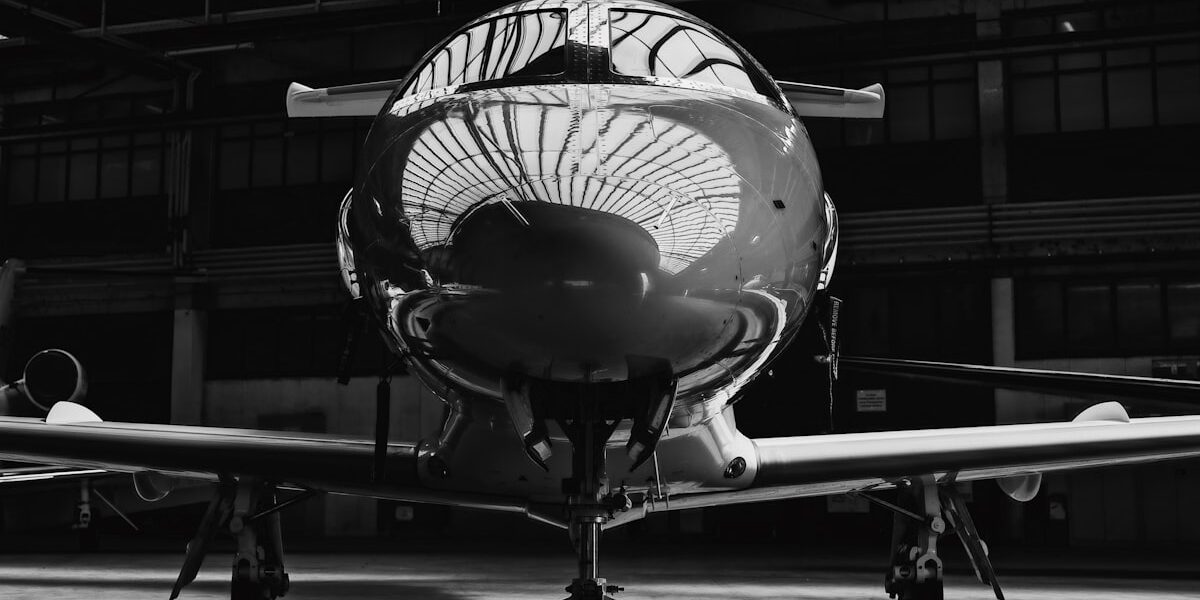The word ‘hangar’ is intricately linked with aviation, but its origins and why it is called so might surprise many. To uncover why this term is used for aircraft storage, we delve into a fascinating journey through history, language, and technology. The term ‘hangar’ dates back to the early 17th century, derived from the French word ‘hanghart,’ which itself is believed to originate from the Medieval Latin word ‘angarium,’ meaning a place for storing vehicles or a shed. This Latin term is closely related to the Greek ‘angareion,’ which refers to a courier’s post or station. Initially, hangars were not associated with aviation but were used for housing horse-drawn carriages. The transition from carriages to aircraft in the use of the term ‘hangar’ coincides with the dawn of aviation. The first recognized use of a hangar for an aircraft was by the French military, which adapted a hangar originally used for balloons in 1909 at their air base in Chalais-Meudon near Paris. This adaptation signifies the shift in the utility of hangars, aligning them permanently with aviation rather than horse-drawn carriages. As aviation technology advanced rapidly through the 20th century, the design and structure of hangars evolved to accommodate larger and more technologically sophisticated aircraft. The military’s significant investment in aviation during World Wars also propelled the development of robust and secure hangars to protect valuable aircraft from damage and espionage. Today, hangars are critical components of aviation infrastructure, used not only for storing but also for the maintenance and repair of aircraft. These structures range from simple metal sheds to massive buildings equipped with sophisticated environmental controls and security systems. In conclusion, the term ‘hangar’ has undergone a remarkable transformation, originating from a word used for carriage storage to becoming synonymous with aviation. This evolution mirrors the advancements in transportation technology, reflecting how linguistic and technological histories are intertwined. The journey of the word ‘hangar’ from carriages to aircraft is a testament to the dynamic nature of language and its ability to adapt to new technological realities.
Recommended Aviation Resources
Pilots Handbook of Aeronautical Knowledge – $25.42
Essential FAA handbook for every pilot.
Aircraft Owners Handbook of Maintenance
Keep your aircraft in top condition.
As an Amazon Associate, we earn from qualifying purchases.




Leave a Reply
You must be logged in to post a comment.